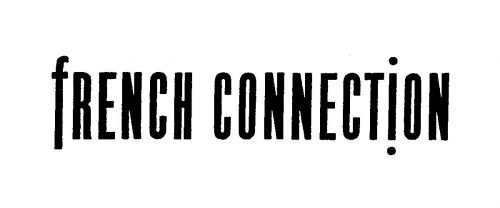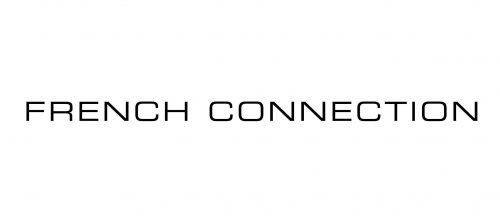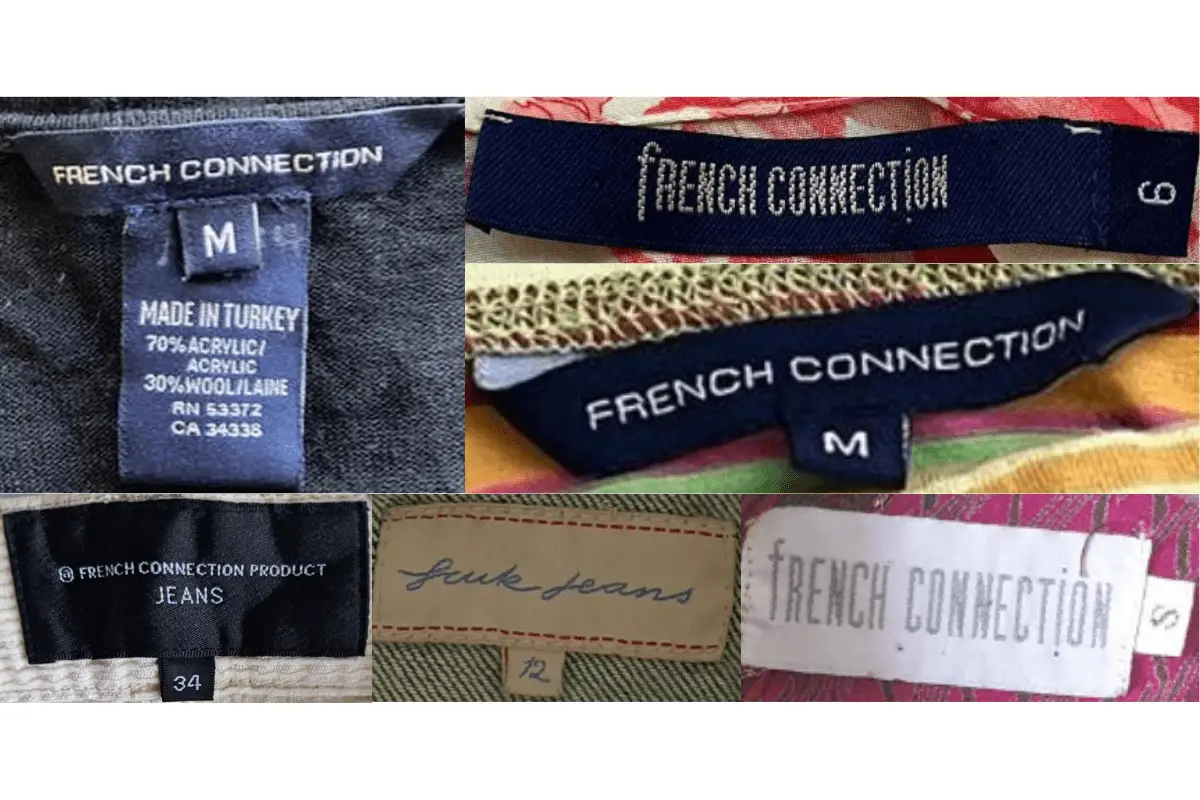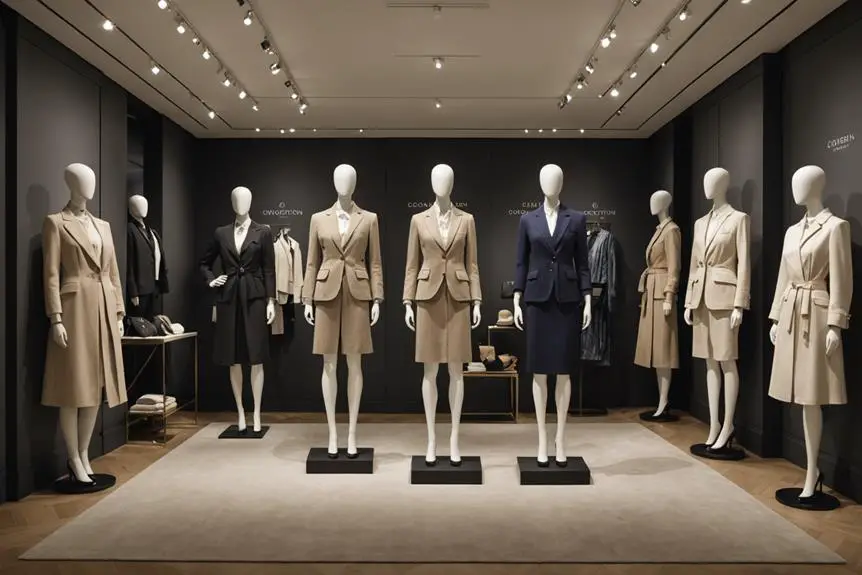Founded in the early 1970s by Stephen Marks, French Connection has firmly established itself as a major player in the global fashion industry. Initially designed as a mid-market women’s brand, the company has evolved significantly over the decades, expanding its product lines and market presence. Marks, who began his business journey in 1969, created French Connection after successfully acquiring and reselling a shipment of Indian cheesecloth shirts. This initial success set the stage for the brand’s future growth, including the introduction of menswear in 1976 and the addition of notable designers such as Nicole Farhi in 1978, who played a crucial role in shaping the brand’s identity.
The 1980s and 1990s were transformative years for French Connection. After going public on the London Stock Exchange in 1984, the company experienced both financial highs and lows. Despite facing challenges by the late 1980s, Stephen Marks regained control in 1991 and steered the brand towards renewed success. A pivotal moment came with the introduction of the controversial yet highly effective “fcuk” branding. Originally derived from internal communications between French Connection’s Hong Kong and UK offices, the “fcuk” logo became a marketing sensation under the guidance of advertising executive Trevor Beattie. While it sparked controversy due to its similarity to a profanity, the branding strategy undeniably boosted the company’s profile and market presence.
In recent years, French Connection has continued to adapt and evolve. The brand has navigated the competitive fashion landscape by refining its product offerings and marketing strategies. Despite fluctuating financial fortunes, French Connection has maintained a distinct identity, characterized by its edgy and contemporary style. The company’s acquisition by MIP Holdings Ltd in 2021 marks a new chapter in its ongoing journey. As French Connection looks to the future, it remains a testament to the power of innovative branding and strategic adaptability in the ever-changing world of fashion.
Iconic Y2K ‘The Man’ French Connection Commercial
How to tell if French Connection is vintage from the logo
French Connection has gone through a notable evolution in its logo design over the years. Known for its stylish and sometimes edgy clothing, French Connection’s brand image has shifted to stay relevant in the fashion industry. The logos used by French Connection are a good indicator of the era in which a piece was produced. Here’s how to identify vintage French Connection items based on their logo.
1972 to 1994 French Connection logo
- The original French Connection logo features a tall, narrow typeface.
- The font is bold and capitalized, giving a strong, distinctive look.
- The design includes slight variations in line thickness, creating a unique, eye-catching appearance.

1972 to 1994 French Connection logo
1994 to now French Connection logo
- The modern French Connection logo adopts a sleek, minimalist typeface.
- The font is thinner and more uniform in line thickness.
- The overall design is more streamlined and contemporary, reflecting the brand’s current aesthetic.

1994 to now French Connection logo
How to tell if French Connection is vintage from the tags
The evolution of French Connection tags over the decades reflects the brand’s journey and changes in its design philosophy. Initially established in 1972, French Connection has continuously updated its tags to align with contemporary trends while maintaining a recognizable logo and brand identity. Understanding the details of these tags can help identify the era of vintage French Connection garments.
Struggling to read your tags? Visit our vintage label identification page, and we’ll identify those vintage labels for you!
1980s vintage French Connection tags
- Tags often featured bold, serif lettering spelling out “FRENCH CONNECTION.
- Some tags included the phrase “MADE IN HONG KONG” indicating the garment’s origin.
- Rectangular tags with simple, monochromatic designs were common.

1980s French Connection tags
1990s vintage French Connection tags
- Tags continued to showcase “FRENCH CONNECTION” in bold, serif letters.
- Introduction of more detailed descriptors, including garment composition and size.
- Occasionally, tags featured additional branding elements such as logos or symbols related to the brand’s identity.

1990s French Connection tags
2000s vintage French Connection tags
- Tags began to include more color variations and modern design elements.
- Introduction of loop tags, a shift from the traditional rectangular tags.
- Clear and concise information about garment care, size, and origin.

2000s French Connection tags
2010s vintage French Connection tags
- Modernized tag designs with sleek, minimalist aesthetics.
- Use of various materials and colors for a more contemporary look.
- Tags often featured additional branding elements such as logos or slogans.

2010s French Connection tags





Subject: Transform Your Networking with Popl ??
Hi there,
Struggling to keep track of leads?
Meet **Popl** – the top-rated digital business card + lead capture platform.
With Popl, you can:
? Instantly capture leads
? Sync everything automatically
? Share your digital card
? Turn conversations into conversions
Perfect for teams at events, sales reps in the field, or anyone who networks face-to-face.
?? Check it out here: [https://bit.ly/3EW8ci6](https://bit.ly/3EW8ci6)
Happy to walk you through it!
Best regards,
Subject: Travel smarter in 2025
Hey traveler,
Tired of bulky, boring backpacks?
Introducing the smartest travel companion of 2025 — the **most trending backpack** this year.
Here’s why travelers are obsessed:
? Ergonomic + weatherproof design
? Built-in USB charging + anti-theft tech
? Expandable compartments for every trip
? Eco-friendly materials
Early birds get 20% off
?? Claim your deal: https://bagpackmoda.com/
Cheers,
Team BagpackModa
Create & Launch A Hyper-Realistic AI Influencer That Posts, Talks & Sells For You 24/7
No camera, no face, no voice. Influenx builds your influencer empire from scratch in under 60 seconds.
Speak To Global Audiences In Any Major Languages With Flawless Human-Like Emotion.
https://hamsterkombat.expert/InfluenxAI
Hi there,
Are you done struggling with messy storage?
Let us introduce you to our high-performance unisex backpack — engineered for comfort and style.
?? **Why it’s different:**
– Tons of interior & exterior pockets
– Physiological curve back system for all-day comfort
– Smooth-grip handle + secure zipper closure
– Dedicated compartments for your phone, laptop, and accessories
– Timeless solid pattern design — perfect for work, travel, or casual use
– Universal fit — ideal for both men and women
No matter your routine or destination, this backpack delivers on every level.
?? See it in action:
?? [https://bagpackmoda.com/](https://bagpackmoda.com/)
Looking forward to helping you stay organized!
Best regards,
[Your Name]
Hi,
My name is Qasim, and I am a full stack web developer and designer. I previously worked for a digital marketing agency in Singapore, but I have recently been retrenched.
If you are looking to revamp your current site vintageclothingguides.com or design a new website, I would be happy to offer my services. You can propose a price, and I will do my best to meet your expectations.
Please let me know if you would like to see examples of my past work.
Thank you,
Qasim
Our personal Emergency Income Kit with 28 EASY, fun methods (yes fun!) You’ll be pinching yourself over the “work” some of our featured companies are paying its users to do.
Setup takes 10 minutes or less.? Then you’re off to do the “work”…if you can even call simply having an internet connection, driving/walking around, listening to music, etc. work!
With The Emergency Income Kit we enjoy cash injections on command! So do all our students. ANYONE who can follow directions can do this work…and there’s plenty of it!
https://hamsterkombat.expert/IncomeKit TRY IT NOW!
This comprehensive package provides everything you need—a fully developed training program, ready-to-use marketing materials, and high-converting sales copy—so you can start selling immediately and keep 100% of the profits!
With the Faceless YouTube Channel with AI Video Course, you skip the hard work and get a fully-loaded, done-for-you package that includes expert training, AI-powered content strategies, and sales materials
TRY IT NOW! https://hamsterkombat.expert/FacelessYouTubeChannelAI
Hi there,
I noticed your contact form may be getting misused
just like it happens to most business owners. CAPTCHA alone isn’t enough to stop unwanted messages.
That’s why we built GeniusMail Agent an AI-powered solution that filters spam, flags irrelevant messages, and protects your contact form with 99.9% accuracy.
It can even auto-reply or draft responses for real clients.
If you’d like to see how it works or get it set up for your website, feel free to reachout:
?? blueicesystem@gmail.com
Let me know if you’re interested
happy to show a quick demo.
Best regards,
From the GeniusMail Team
We are currently seeking companies like yours for a potential long-term partnership. Could you kindly share your product offerings along with pricing details? Please contact me on WhatsApp: +48 508 705 788
Hi,
I hope this message finds you well.
I’m reaching out because I have a keen interest in contributing a guest post to your website. As a seasoned writer, I specialize in creating content that drives traffic and captivates readers.
I’d be happy to provide a guest post, tailored specifically to your audience’s interests and needs.
If you’re open to this idea, I can share some topic suggestions that I think would resonate well with your readers.
Looking forward to your response.
Best,
Kathelene.
Hi and thank you for your time,
Are you ready to simplify your daily carry?
Check out our versatile unisex backpack — engineered for everyday use and organization.
?? **Why it’s different:**
– A wide range of interior & exterior pockets
– Adjustable back system for all-day comfort
– Soft handle + secure zipper closure
– Dedicated compartments for your tech gear and daily essentials
– Minimalist solid pattern design — goes with any outfit or setting
– Universal fit — ideal for both men and women
Whether you’re commuting, traveling, or just staying organized, this backpack delivers on every level.
?? Learn more:
?? [https://bagpackmoda.com/](https://bagpackmoda.com/)
Looking forward to helping you stay organized!
Best regards,
The BagPackModa Team
Disaster Strikes: Will You Be Ready?
Hi There,
It’s shocking how few people know how close we are to the next major catastrophe — until it’s too late.
**The Situation:**
Right now, you might feel unprepared for events like natural disasters, wars, and nuclear threats.
**The Problem:**
When chaos hits, not knowing the right steps could lead to irreversible mistakes.
**The Risk:**
Imagine alarms blaring at the dead of night… and instead of panicking, you calmly lead your family to safety — because you *already* know exactly what to do.
Or saving a life when every second counts.
**Here’s the Good News:**
That’s why I’ve created a life-saving guide — packed with real-world survival skills you won’t find anywhere else.
Normally, others charge $1000+… but I made it accessible to everyone — because *everyone deserves a fighting chance.*
? I can’t promise it’ll stay available forever. Once word spreads, I may have to pull it down.
?? [Grab your copy here before it’s too late](https://bit.ly/4iM87vB)
Stay safe,
Hi,
I hope this message finds you well.
I’m reaching out because I have a keen interest in contributing a guest post to your website. As a seasoned writer, I specialize in creating content that drives traffic and captivates readers.
I’d be happy to provide a guest post, tailored specifically to your audience’s interests and needs.
If you’re open to this idea, I can share some topic suggestions that I think would resonate well with your readers.
Looking forward to your response.
Best,
Anita.
It seems to me it is excellent idea. Completely with you I will agree.
https://the.hosting/
https://ping.space/
https://ufo.hosting/blog/kak-rabotaet-tehnicheskaya-podderzhka-ufo-hosting
yacht rentals bahamas
https://auctionwheels.info/cars/ford/models/f450/pagination/start
?????? ?????? ??? ?????????
So will not go.
https://uscheapshoeclub.com/findycarhu